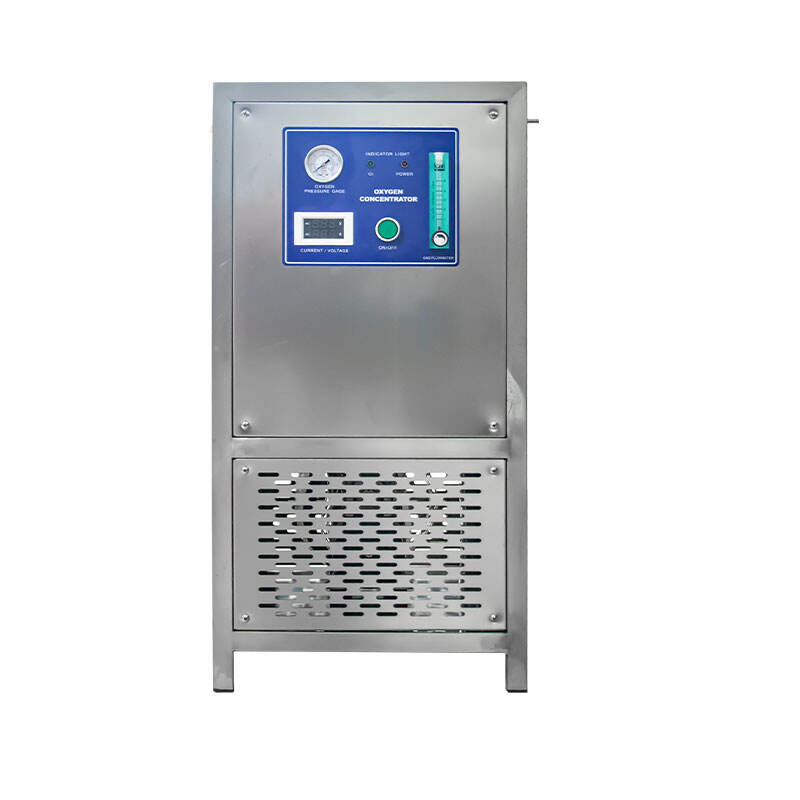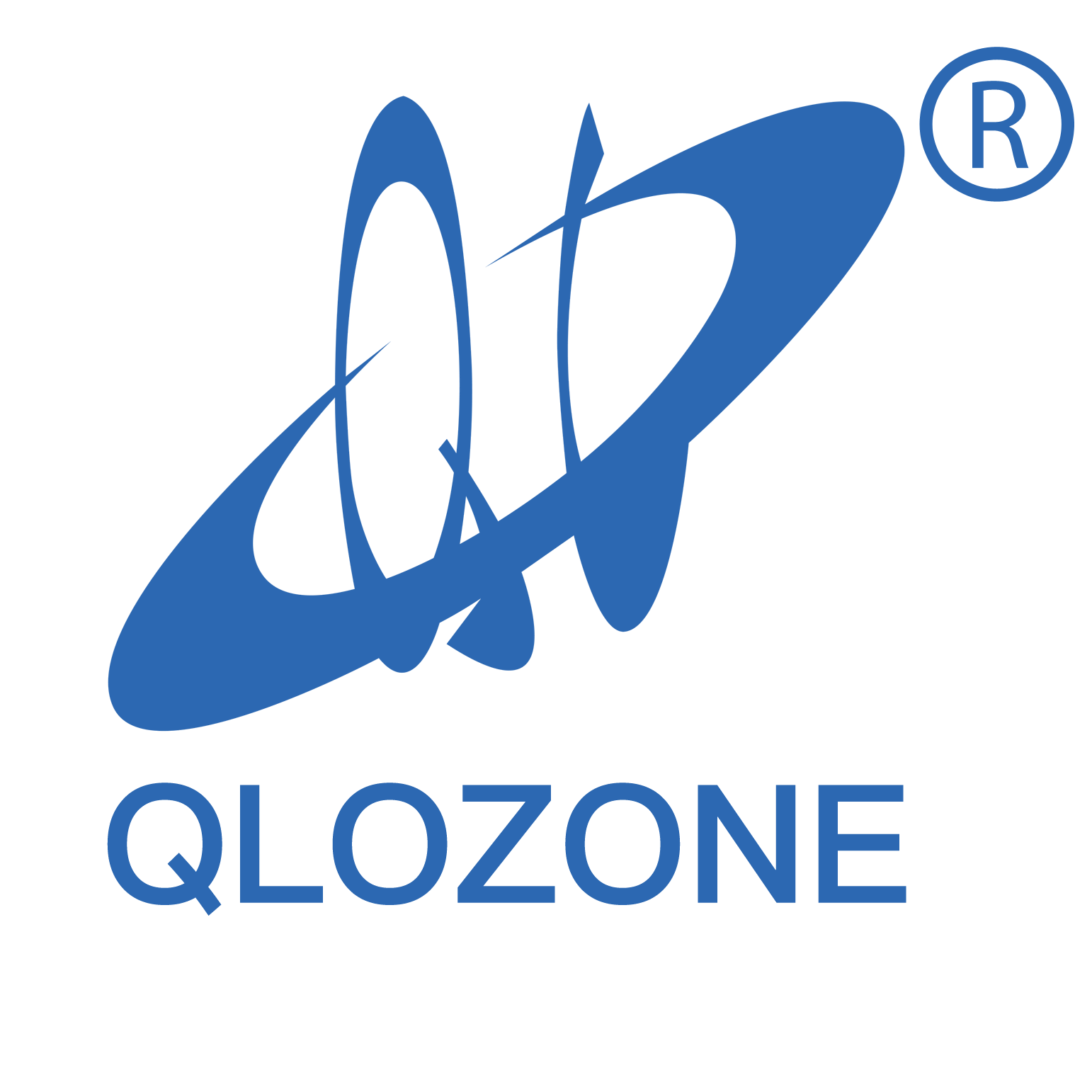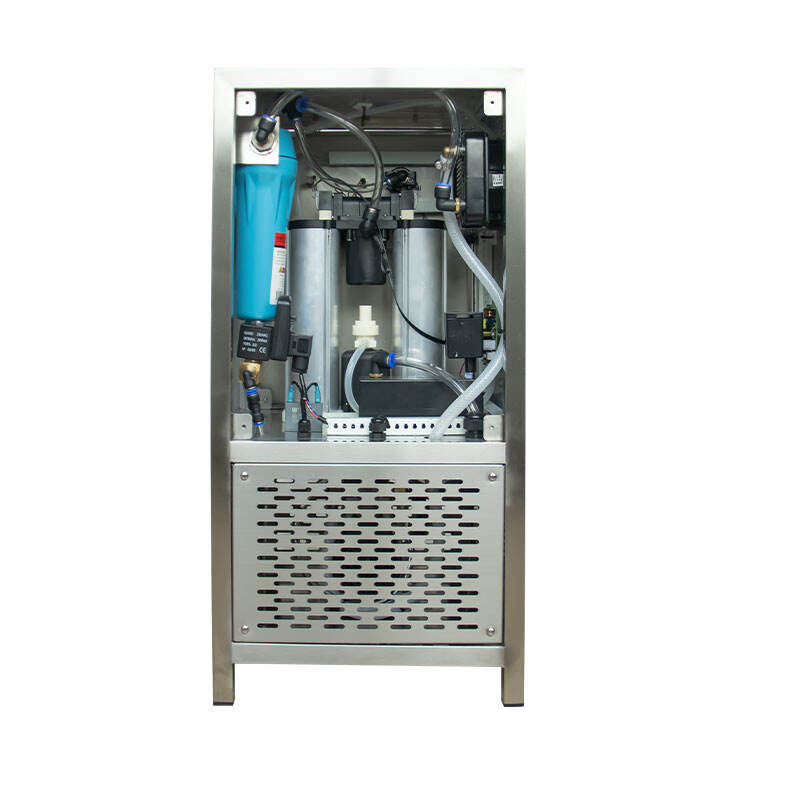Understanding Oxygen Generation Systems for Modern Applications
Selecting an oxygen generator represents a critical decision for various industries, healthcare facilities, and personal medical needs. These sophisticated devices extract oxygen from ambient air, providing a reliable and cost-effective solution for continuous oxygen supply. As technology advances, modern oxygen generators offer increasingly efficient and reliable performance, making them essential equipment for numerous applications.
The importance of choosing the right oxygen generator cannot be overstated, as it directly impacts operational efficiency, cost-effectiveness, and most importantly, the well-being of end-users. This comprehensive guide will help you navigate the complex world of oxygen generators and make an informed decision that aligns with your specific requirements.

Essential Factors in Oxygen Generator Selection
Flow Rate and Pressure Requirements
The flow rate capacity of an oxygen generator is perhaps the most crucial specification to consider. Industrial applications typically require higher flow rates compared to medical use. When evaluating flow rate needs, it's essential to account for both current requirements and potential future expansion. A proper oxygen generator should deliver consistent flow rates at the required pressure levels without fluctuation.
Pressure requirements vary significantly across different applications. Medical oxygen generators typically operate at lower pressures compared to industrial systems. Understanding your specific pressure needs helps narrow down suitable options and ensures optimal performance for your intended use.
Purity Level Considerations
Oxygen purity requirements differ based on the application. Medical-grade oxygen generators must meet stringent purity standards, typically 93% or higher. Industrial applications might require different purity levels depending on the specific process. It's crucial to verify that your chosen oxygen generator can consistently maintain the required purity levels under various operating conditions.
Advanced oxygen generators incorporate sophisticated monitoring systems to ensure consistent purity levels. These systems provide real-time feedback and automatically adjust operation parameters to maintain optimal performance. Consider units with built-in purity monitoring for critical applications where consistent oxygen quality is essential.
Technical Specifications and Operating Environment
Power Consumption and Efficiency
Energy efficiency plays a vital role in the long-term operational costs of an oxygen generator. Modern systems incorporate energy-saving features and optimized compression cycles to reduce power consumption. When evaluating different models, compare their power consumption ratings and efficiency metrics to estimate operating costs accurately.
Consider the availability and reliability of your power supply. Some environments may require oxygen generators with lower power requirements or systems with backup power options. High-efficiency models might have higher upfront costs but often provide significant savings over their operational lifetime.
Environmental Adaptability
The operating environment significantly impacts an oxygen generator's performance and longevity. Factors such as ambient temperature, humidity, and air quality affect system efficiency and maintenance requirements. Choose a generator designed to operate effectively within your specific environmental parameters.
Some oxygen generators include built-in environmental control features, such as temperature regulation and air filtration systems. These features help maintain optimal performance in challenging environments and can extend the equipment's service life significantly.
Maintenance and Support Considerations
Regular Maintenance Requirements
Understanding the maintenance demands of different oxygen generator models helps in making an informed decision. Regular maintenance tasks typically include filter replacements, system inspections, and periodic calibration. Look for systems with easily accessible components and clear maintenance schedules to simplify these routine procedures.
Consider the availability of maintenance support in your area. Some manufacturers offer comprehensive service packages, including regular maintenance visits and emergency support. These services can be particularly valuable for critical applications where minimal downtime is essential.
Spare Parts Availability
The availability and cost of spare parts significantly impact long-term ownership costs. Choose an oxygen generator from a reputable manufacturer with established distribution networks for replacement parts. Some manufacturers maintain local inventories of critical components, ensuring quick access when needed.
Consider the expected lifespan of various components and their replacement costs. Some systems might have higher-quality parts that last longer, potentially offering better value despite higher initial costs. Document the maintenance history and track component performance to optimize replacement schedules.
Safety Features and Compliance Standards
Built-in Safety Mechanisms
Modern oxygen generators incorporate various safety features to protect users and equipment. These may include automatic shutdown systems, pressure relief valves, and oxygen monitoring alarms. Evaluate the safety features of different models and ensure they meet your facility's safety requirements.
Look for systems with redundant safety mechanisms and clear warning indicators. Some advanced models include remote monitoring capabilities, allowing operators to track system performance and receive alerts from anywhere. These features can be particularly valuable in unmanned or remote installations.
Regulatory Compliance
Different applications and regions have specific regulatory requirements for oxygen generators. Medical applications, in particular, must meet strict standards for safety and performance. Ensure your chosen system complies with all relevant regulations and certification requirements for your intended use.
Keep documentation of compliance certifications and regular testing results. Some manufacturers provide assistance with regulatory compliance, including documentation templates and testing protocols. This support can be valuable for maintaining certification and passing inspections.
Frequently Asked Questions
How often should an oxygen generator be serviced?
Regular service intervals typically range from 4,000 to 8,000 operating hours, depending on the model and usage conditions. However, daily monitoring and basic maintenance tasks should be performed according to the manufacturer's recommendations. Critical applications may require more frequent service intervals to ensure optimal performance.
What factors affect oxygen generator efficiency?
Several factors influence efficiency, including ambient temperature, air quality, intake pressure, and maintenance condition. Regular filter changes, proper ventilation, and maintaining optimal operating conditions help maximize efficiency. Additionally, choosing the right size generator for your needs ensures optimal energy usage.
How long do oxygen generators typically last?
With proper maintenance, industrial oxygen generators can last 10-15 years or more. However, actual lifespan depends on usage patterns, operating conditions, and maintenance quality. Regular maintenance and timely replacement of wear components can significantly extend the system's service life.
What backup systems should be considered?
Critical applications should consider redundant systems or backup oxygen supplies. Options include duplicate generators, oxygen storage tanks, or portable backup units. The choice of backup system depends on factors such as usage requirements, space availability, and regulatory requirements.

